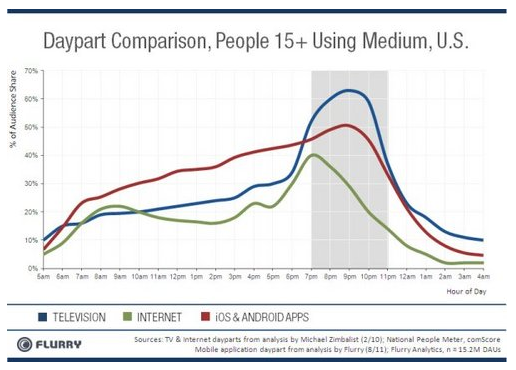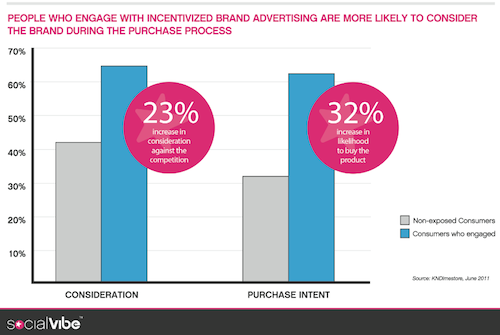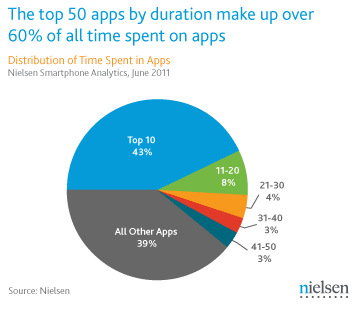Study: Users „like“ brands for deals, discounts and coupons

Harald Wanetschka / pixelio.de
The Nielsen/McKinsey’s NM Incite global online consumers’ research states that the main reason for following or liking a brand or company on social networks is to receive discounts and special offers.
“While some may argue that consumers’ interest in discounts has faded, Nielsen data shows the desire for deals is still strong worldwide,” concluded NM Incite.
The results correspond with the study by ExactTarget and CoTweet from last year. The former study made clear that 40% of brand fans like a page predominantly for their doscounts and promotions.
The new NM Incite finds even higher figures. Almost 60% of US social media users visit social networks to receive coupons or promotions. And even more, 23% do this on a weekly basis. 45% of North American consumers had the strongest interest in using social media for deals, followed by consumers in Asia-Pacific (34%) and Latin America (33%).
Social deals hunters “Like” at home and at workplace
For most people it does not matter whether they are at home or at their workplace when using the benefits of the Social Web. A sample of ten major markets shows that nearly 40% of active Web users check coupons and rewards sites such as Groupon, Coupons.com and Living Social from home and work computers in September. However, there are respondents -under the age of 20 and 55- to-59-year-olds- who were less likely to follow brands for discounts. Here friends’ recommendations are the drivers for social engagement.
Spot On!
“Social deal hunters” are obviously also visitors of social networks and blogs. NM Incite found a strong overlap. In their test phase in September, 43% of visitors to social networks and blogs also visited a coupons or rewards site. And, 44% of Facebook’s audience and 63% of Twitter’s audience visited these deal sites. The study concludes that Facebook becomes a key source of traffic to Groupon and Living Social. Groupon’s and Living Social’s visitors came directly from Facebook. This also shows the link between deals and social networking sites, and how companies can motivate consumers to deals.

 With over 350 million active mobile users across 475 wireless operators worldwide on Facebook’s mobile sites, marketers wonder which tactics they should be using to generate higher engagement levels. But also Facebook’s new iPad app and their mobile site shows that also Facebook knows about the value mobile offers to their business.
With over 350 million active mobile users across 475 wireless operators worldwide on Facebook’s mobile sites, marketers wonder which tactics they should be using to generate higher engagement levels. But also Facebook’s new iPad app and their mobile site shows that also Facebook knows about the value mobile offers to their business. Moreover, about the same proportion say their innovation strategy is inadequately aligned with their overall corporate strategy. And although entire industries, such as pharmaceuticals, continue to devote relatively large shares of their resources to innovation, the results are much less successful than they and their stakeholders might hope for.
Moreover, about the same proportion say their innovation strategy is inadequately aligned with their overall corporate strategy. And although entire industries, such as pharmaceuticals, continue to devote relatively large shares of their resources to innovation, the results are much less successful than they and their stakeholders might hope for.


 According to a recent
According to a recent 
